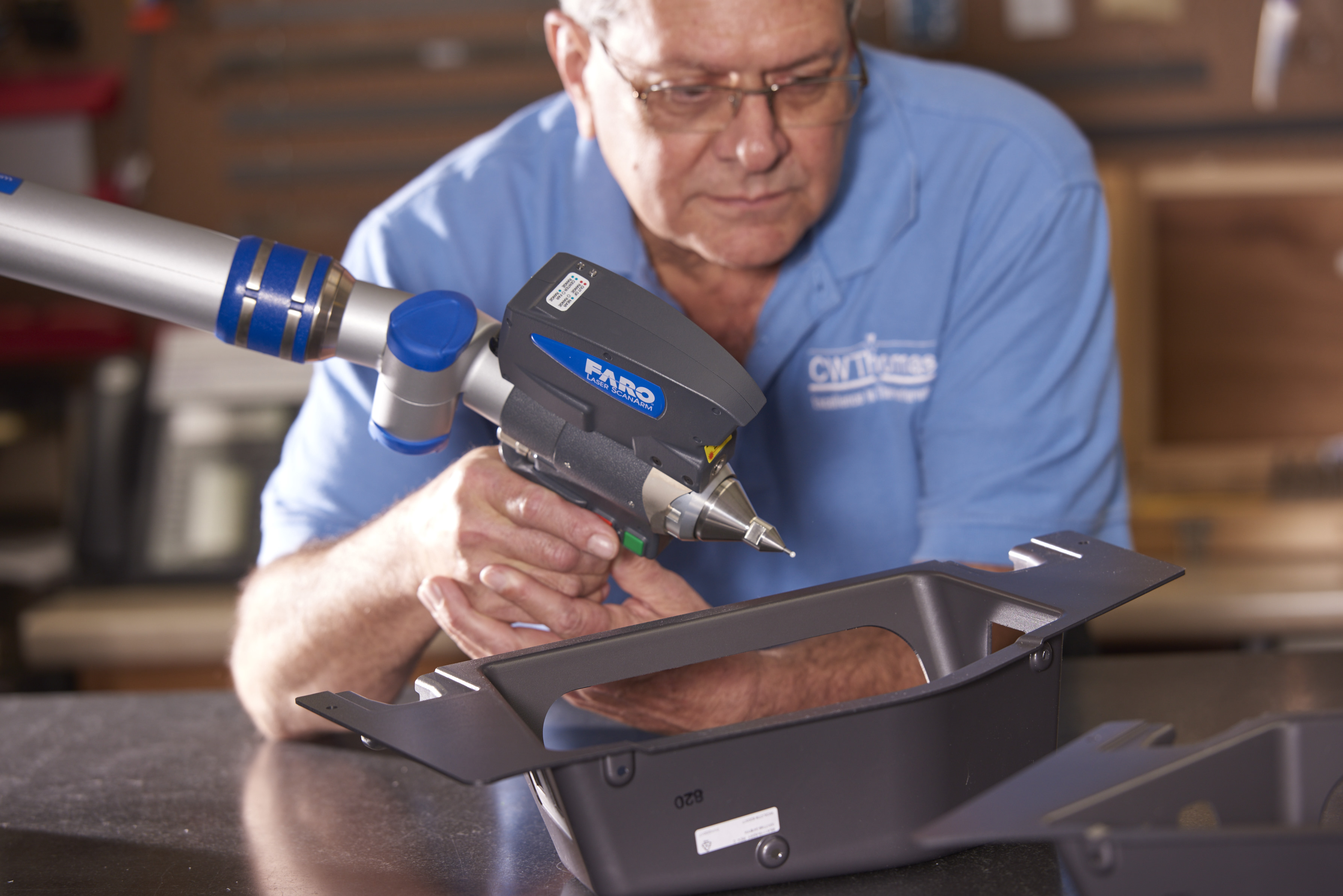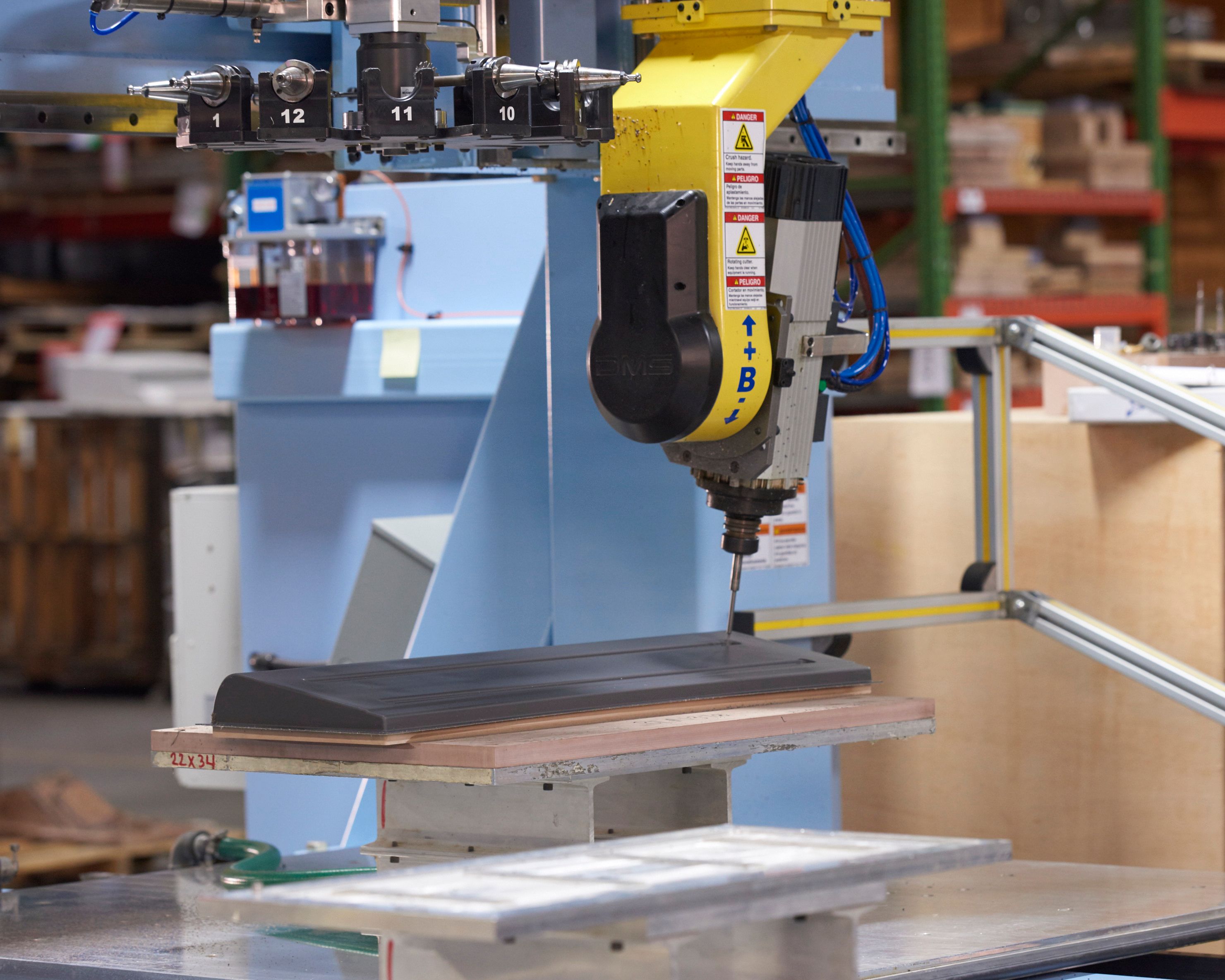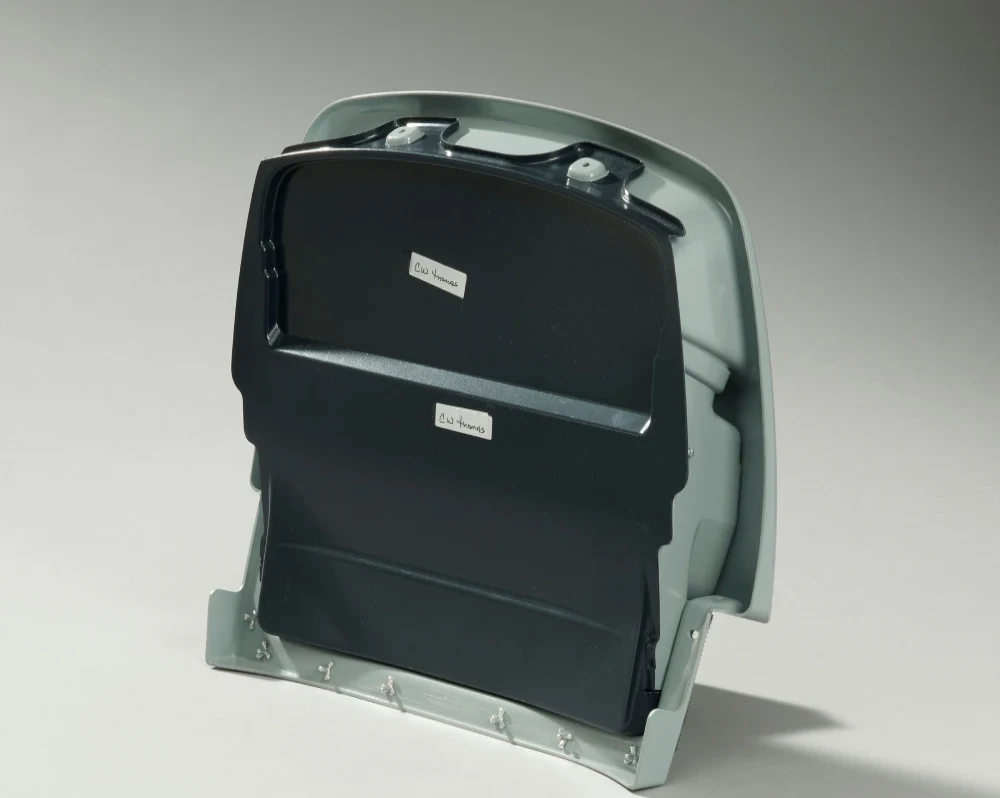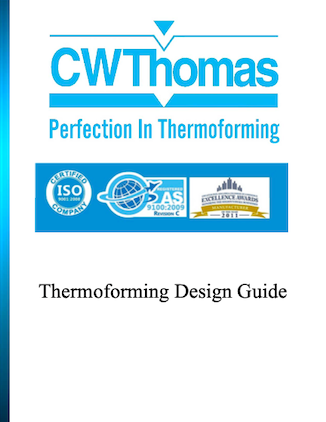Thermoforming Acrylic: A Comprehensive Guide for Engineers and Designers

Acrylic, often known by its trade names such as Plexiglass or Lucite, is a transparent thermoplastic with excellent optical clarity, strength, and versatility. This material is widely used in thermoforming processes to create parts that demand both aesthetic appeal and durability. Acrylic’s unique combination of properties makes it suitable for various applications across industries, from signage to medical devices.
In this guide, we’ll delve into the thermoforming process for acrylic, the ideal conditions for achieving high-quality results, and common applications. Whether you’re an engineer or a product designer, this comprehensive resource will help you better understand the capabilities of thermoforming acrylic and how to leverage this material in your projects.
What is Thermoforming Acrylic?
Thermoforming acrylic refers to the process of heating acrylic sheets to a pliable temperature and forming them into specific shapes using molds. The process involves a series of steps, including heating, molding, cooling, and trimming, which result in durable and visually appealing parts. Acrylic is particularly suited for thermoforming because of its excellent optical clarity, impact resistance, and UV stability.
There are two primary types of thermoforming techniques used for acrylic:
Vacuum Forming:
The acrylic sheet is heated and then drawn onto a mold using vacuum pressure to achieve the desired shape.
Pressure Forming:
This method applies both vacuum and additional air pressure to mold the acrylic sheet, allowing for more intricate details and complex shapes.
By carefully controlling the process parameters, manufacturers can create high-quality parts with consistent thickness and smooth surface finishes, making acrylic an ideal material for applications that demand both aesthetics and functionality.

Benefits of Thermoforming Acrylic Sheets
Acrylic sheets are prized for their versatility and ease of forming, making them a popular choice in thermoforming processes. Key benefits include:
- Optical Clarity: Acrylic offers transparency that rivals glass, making it ideal for applications like display cases and windows where clear visibility is essential.
- Impact Resistance: Compared to glass, acrylic is much more impact-resistant, which is why it’s often used in applications that require durability, such as protective shields or automotive components.
- Weather Resistance: Acrylic is naturally resistant to UV light and weathering, making it suitable for outdoor applications like signage and skylights.
- Lightweight: While acrylic is strong, it is significantly lighter than glass, which is particularly advantageous in industries like transportation and architecture.
In addition, thermoforming acrylic sheets allows for the creation of complex shapes and large parts without the high costs associated with injection molding. This cost-effectiveness, combined with its aesthetic appeal, makes acrylic a go-to material for many designers.
The Thermoforming Process for Acrylic
Thermoforming acrylic involves several precise steps to ensure that the material is shaped correctly without compromising its physical properties.
- Material Heating: The acrylic sheet is heated in an oven to reach its forming temperature. For acrylic, this is typically between 300°F and 375°F (149°C to 190°C) depending on the thickness of the sheet.
- Forming: Once heated, the acrylic sheet is placed over a mold. In vacuum forming, air is evacuated from between the sheet and the mold, pulling the sheet tightly against the mold’s surface. In pressure forming, additional air pressure is used to push the sheet into the mold, allowing for more detail and precision.
- Cooling: After forming, the sheet is allowed to cool while still in contact with the mold. Controlled cooling is crucial to prevent warping and ensure that the part retains its shape.
- Trimming and Finishing: Once cooled, the formed acrylic part is trimmed to remove excess material. Additional finishing steps, such as polishing or applying surface coatings, may be performed to enhance the final product’s appearance and durability.
Ideal Temperature for Thermoforming Acrylic
Maintaining the right temperature is essential for thermoforming acrylic. If the acrylic is overheated, it may become too soft and lose its structural integrity, while underheating may cause cracks or uneven forming. The optimal forming temperature for acrylic sheets typically falls between 300°F and 375°F, depending on the material’s thickness and the complexity of the mold.
Proper temperature control ensures a smooth surface finish and prevents issues like bubbling or warping. Cooling the material at the right rate is equally important, as uneven cooling can lead to part distortion.
Applications of Thermoformed Acrylic
Thermoformed acrylic is used in a wide variety of industries due to its unique combination of transparency, strength, and formability. Some of the most common applications include:
1. Signage and Displays
Acrylic’s optical clarity and weather resistance make it the ideal choice for both indoor and outdoor signage. It is commonly used for illuminated signs, point-of-sale displays, and protective display cases in retail environments.
2. Automotive Components
In the automotive industry, acrylic is used for making headlight covers, dashboard components, and interior trim. Its lightweight nature helps reduce the overall weight of vehicles while providing excellent durability and visual appeal.
3. Medical and Laboratory Equipment
Acrylic is frequently used in medical devices and laboratory equipment due to its high impact resistance, chemical stability, and transparency. Thermoformed acrylic is commonly found in medical device enclosures, protective barriers, and equipment housings.
4. Architectural Applications
In the architectural field, thermoformed acrylic is used for skylights, window panels, and decorative elements. Its strength, coupled with its ability to be molded into custom shapes, makes it a popular choice for both functional and decorative applications in buildings.
5. Consumer Goods
From luggage to protective covers, thermoformed acrylic is often used in the consumer goods industry. It provides a durable and aesthetically pleasing solution for products that require both protection and clarity.
Challenges in Thermoforming Acrylic
While acrylic offers numerous benefits, there are some challenges associated with the thermoforming process:
- Risk of Cracking: Acrylic can crack if it is not heated uniformly or if the cooling process is too rapid.
- Thinning: Deep draws in the thermoforming process can lead to thinning of the material in some areas, affecting the strength and appearance of the final part.
- Bubbling: Overheating acrylic during the thermoforming process can cause bubbles to form within the material, which can negatively impact the visual clarity and strength.
By carefully controlling the process parameters and using high-quality molds, manufacturers can minimize these challenges and produce consistent, high-quality parts.

Vacuum Forming Acrylic Sheets
Vacuum forming is a popular technique for forming acrylic sheets, particularly for creating large, shallow parts with smooth surfaces. This method is often used for producing items such as lighting covers, signage, and automotive parts.
Vacuum forming allows manufacturers to create complex shapes with minimal tooling costs. By applying vacuum pressure to draw the heated acrylic sheet onto a mold, intricate designs can be achieved while maintaining the material’s clarity and durability.
Conclusion: Why Choose Acrylic for Thermoforming?
Acrylic is an excellent material for thermoforming due to its optical clarity, impact resistance, and weatherability. Its versatility makes it a favored choice across industries, including automotive, medical, and retail. Thermoforming acrylic allows for the production of high-quality, durable parts at a fraction of the cost compared to other manufacturing methods, such as injection molding.
For professionals in the design and engineering fields, understanding how to thermoform acrylic effectively is crucial for delivering optimal results. If you’re interested in learning more about the capabilities of acrylic and the thermoforming process, CW Thomas is your trusted partner for high-quality thermoforming services.







